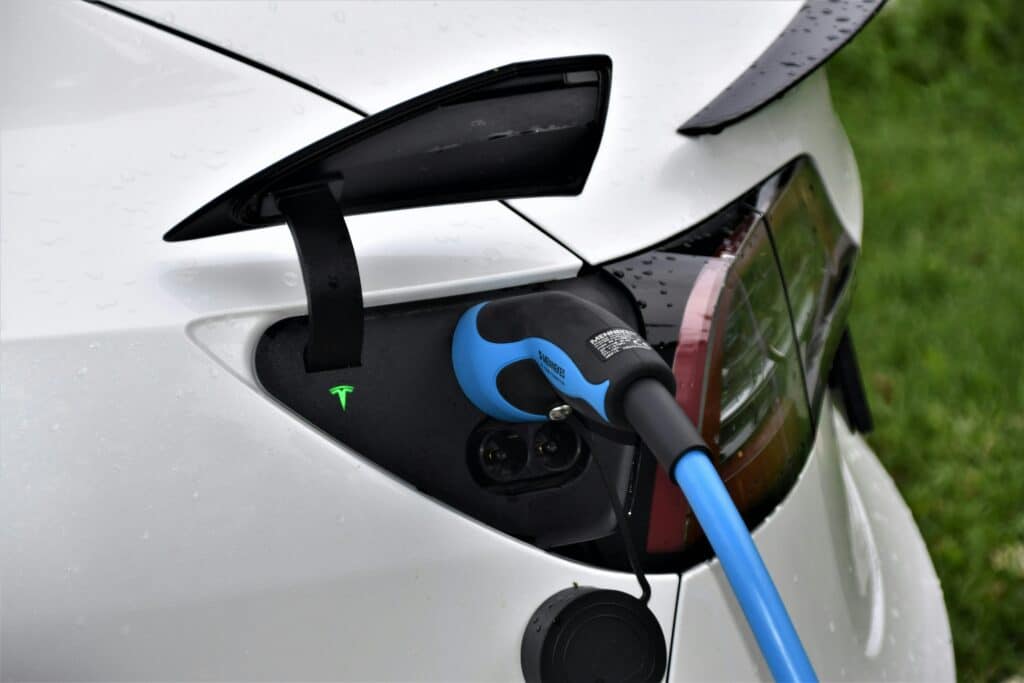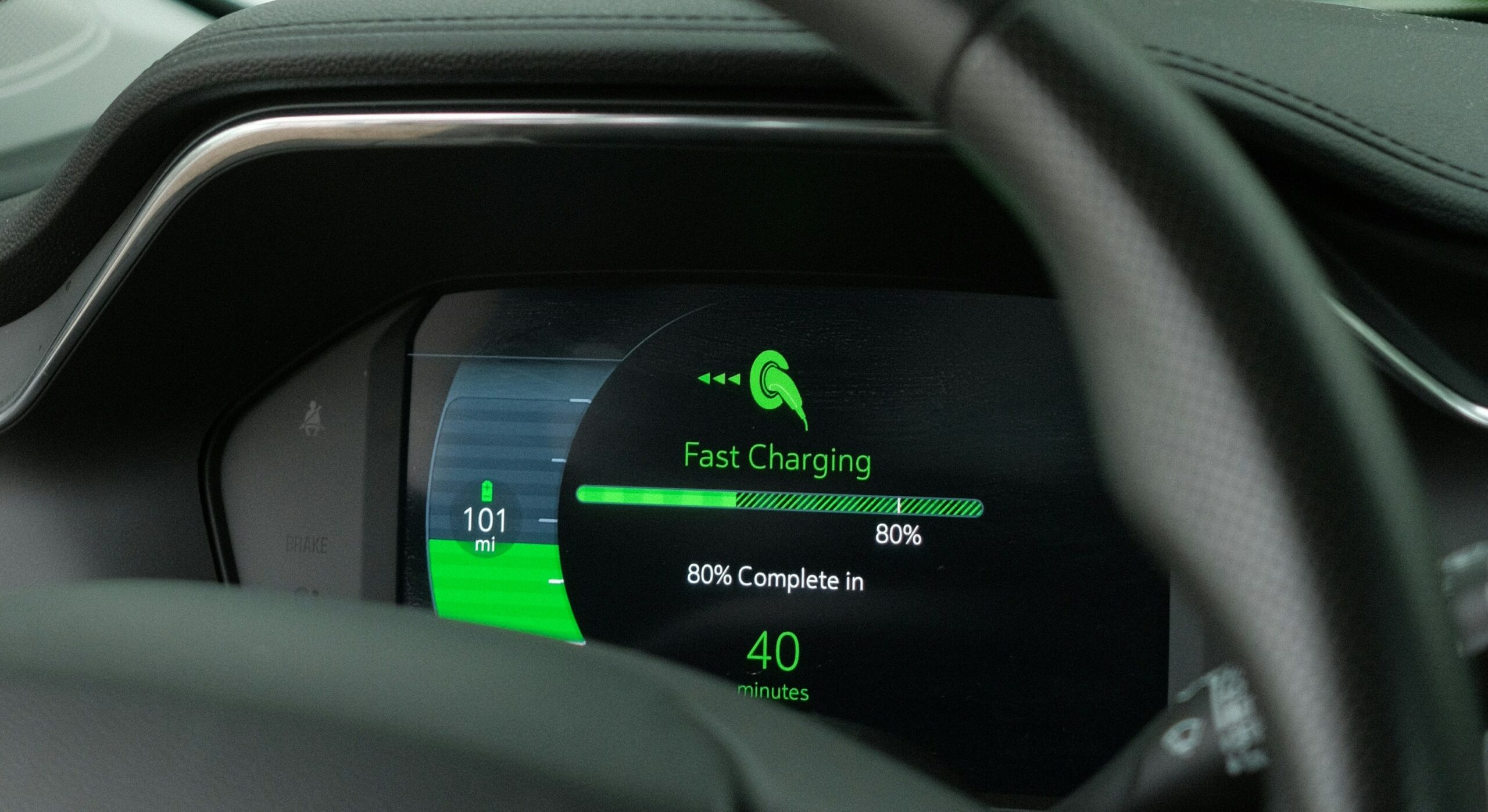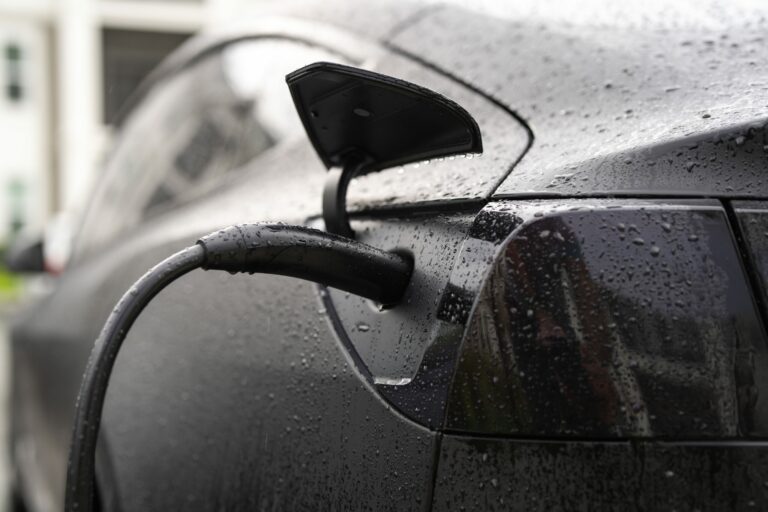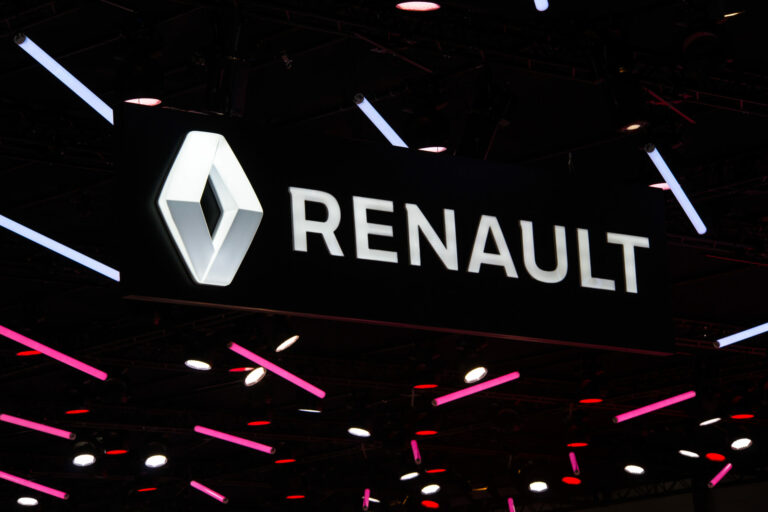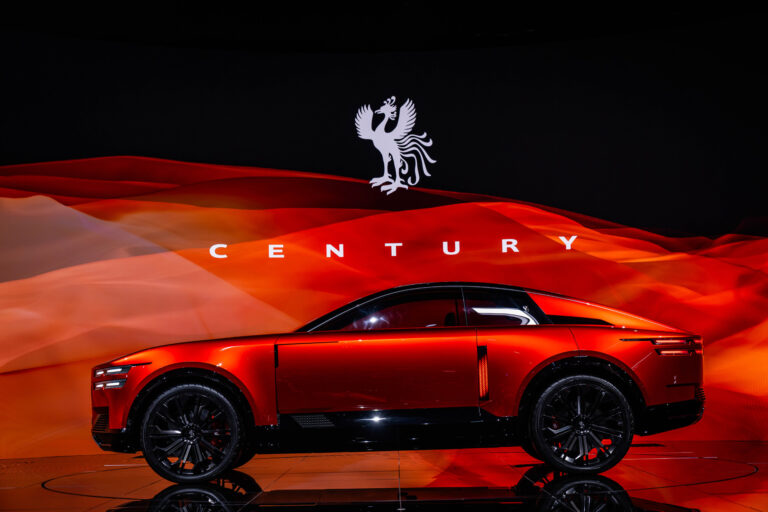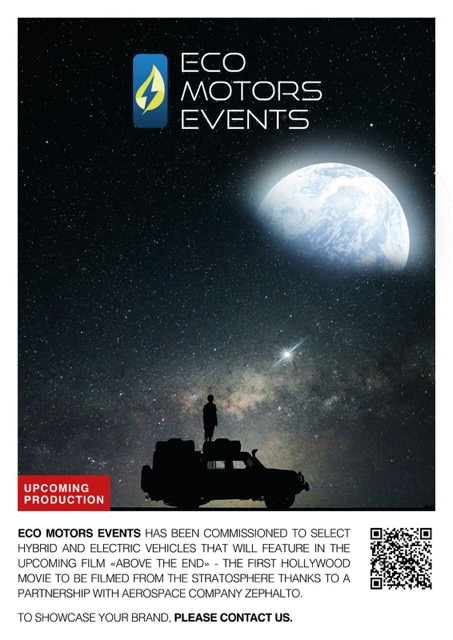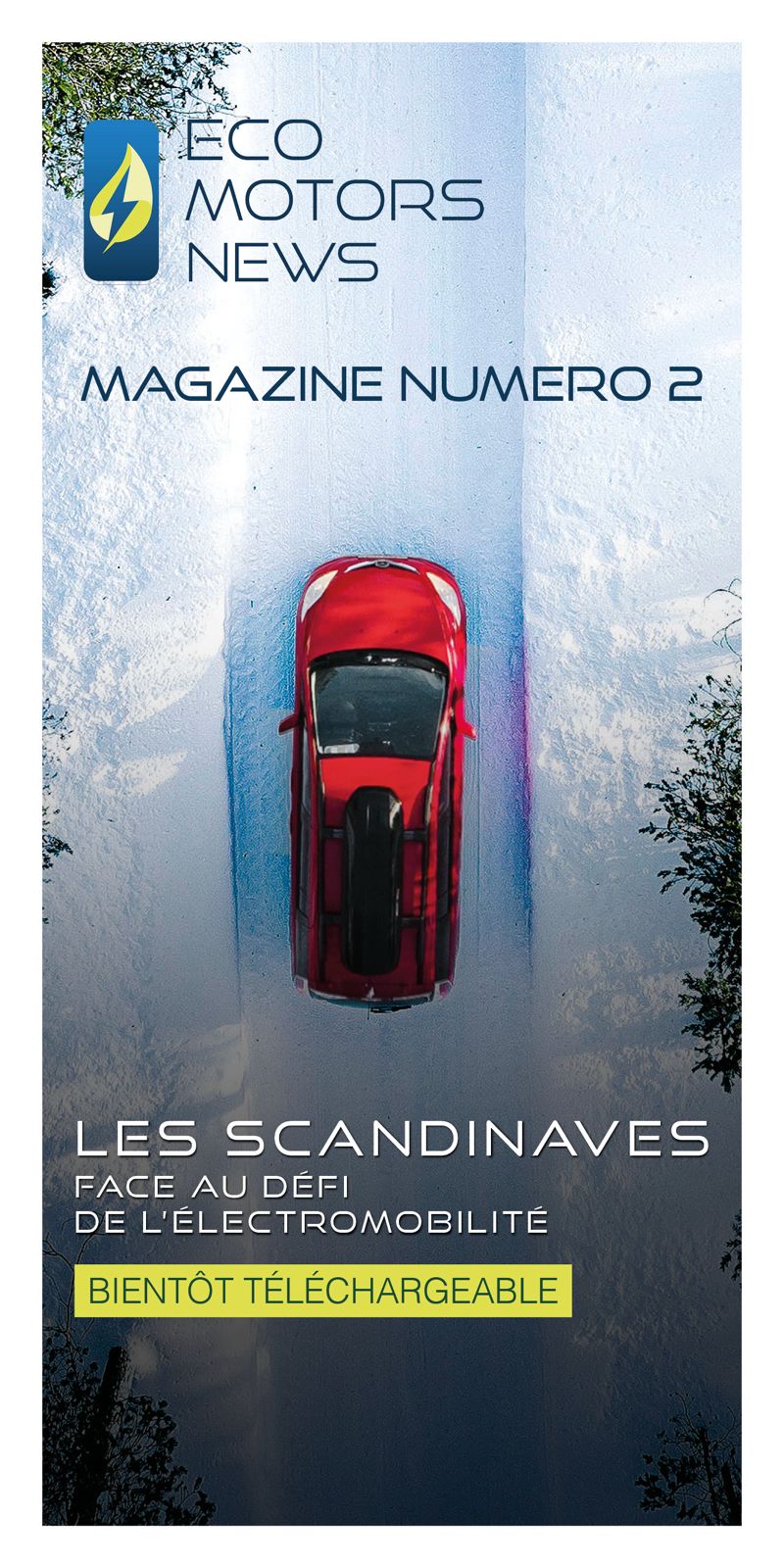Like combustion-powered vehicles, electric cars consume more or less energy depending on how they are used. Here are a few tips on how to consume less and, incidentally, extend the life of your battery.
Even though there are more and more recharging points available, battery range remains the main concern for electric car owners and those who are still hesitant to take the plunge. Even though this is usually an unfounded ‘anxiety’ (the average French person’s daily journey is no more than 50 km, so there’s nothing to stress about with the range offered by manufacturers), you shouldn’t play with fire either, and there are several ways of using electric cars more sparingly.
Adopting eco-driving
The way you drive has a significant impact on the fuel consumption of an electric car. So, driving gently, avoiding repetitive hard acceleration (tempting though it may be…) and hard braking, will already help to increase range. Anticipation is also one of the keys to avoiding the gauge running out too quickly. The sooner you start to slow down, the more you can avoid jerking, and the less strain you put on the battery. The same applies to braking, which can, in some cases, help to recover energy.
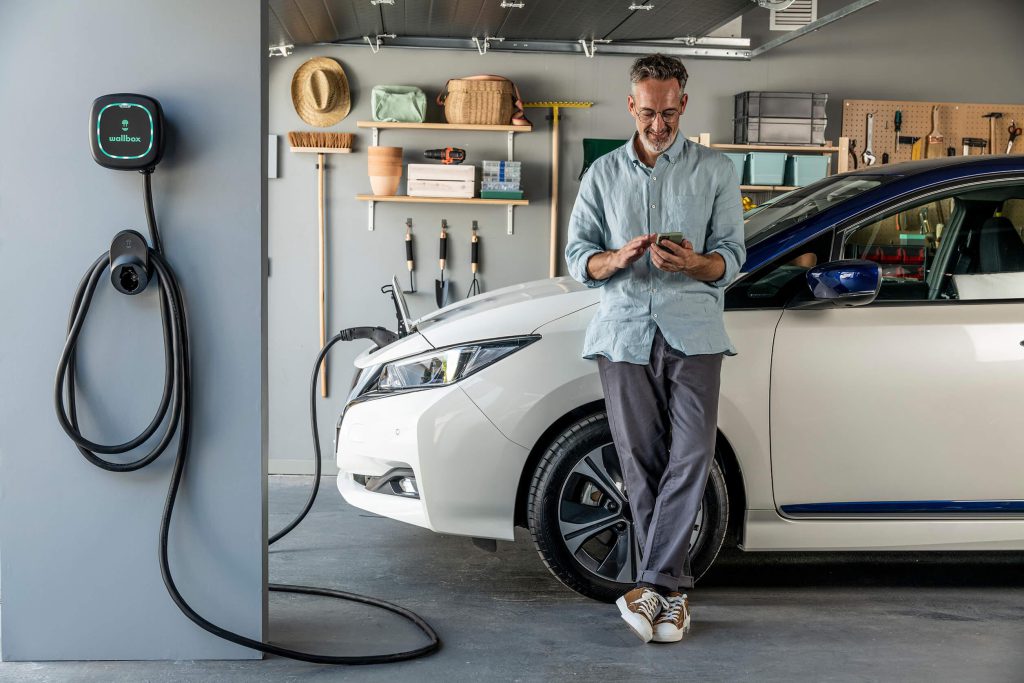
Using regenerative braking
This is one of the great advantages of electrified vehicles: regenerative braking is a way of recovering energy from the heat released by friction during braking. In town and downhill, it’s the ideal way to save energy.
Controlling your speed
On the main roads, where you drive faster, speed increases air resistance and, in response, the car consumes more electricity. Sometimes, reducing your speed slightly, by preferring to drive at 110 km/h rather than 130 km/h, allows you to gain range without losing too much time on arrival.
Check tyre pressure
Apart from the fact that tyres are the most sensitive point on an electric car, it’s not just wear that needs to be monitored. Under-inflated tyres increase rolling resistance and therefore fuel consumption, so you need to check the pressure at least once a month. This is all the more important in winter, when the cold naturally lowers tyre pressure.
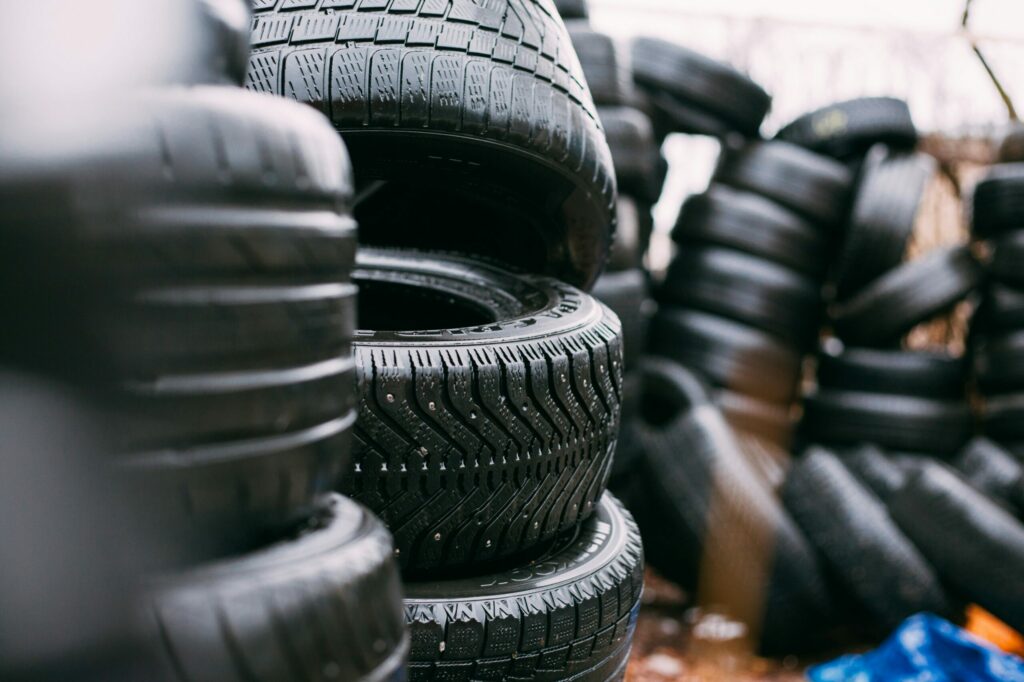
Dosing air conditioning and heating
The switch from internal combustion to electrification does not change the fact that heating and air conditioning have an influence on fuel consumption. A study by Dr Doyle and Dr Muneer of Edinburgh Napier University showed that an electric vehicle can lose up to 30% of its range when the heating is switched on. But it is possible to reduce this impact by using only the steering wheel and heated seats, which consume less fuel. The same applies to air conditioning: it is possible to ventilate in a more targeted way and thus avoid losses.
Lightening your car
It’s no secret that the heavier a car is, the more energy it consumes. So we regularly sort out the boot – it’s often bigger on electric cars and that can encourage us to leave things lying around – and, above all, we pay attention to the accessories. Leaving the roof bars in between uses, while practical, not only increases wind resistance but also adds weight, which again means unnecessary energy consumption.
Using the « Eco » mode
Most electric cars are equipped with an « Eco » driving mode that limits engine power, regulates air conditioning and softens acceleration. This mode can save up to 15% range, particularly in town or on daily journeys.
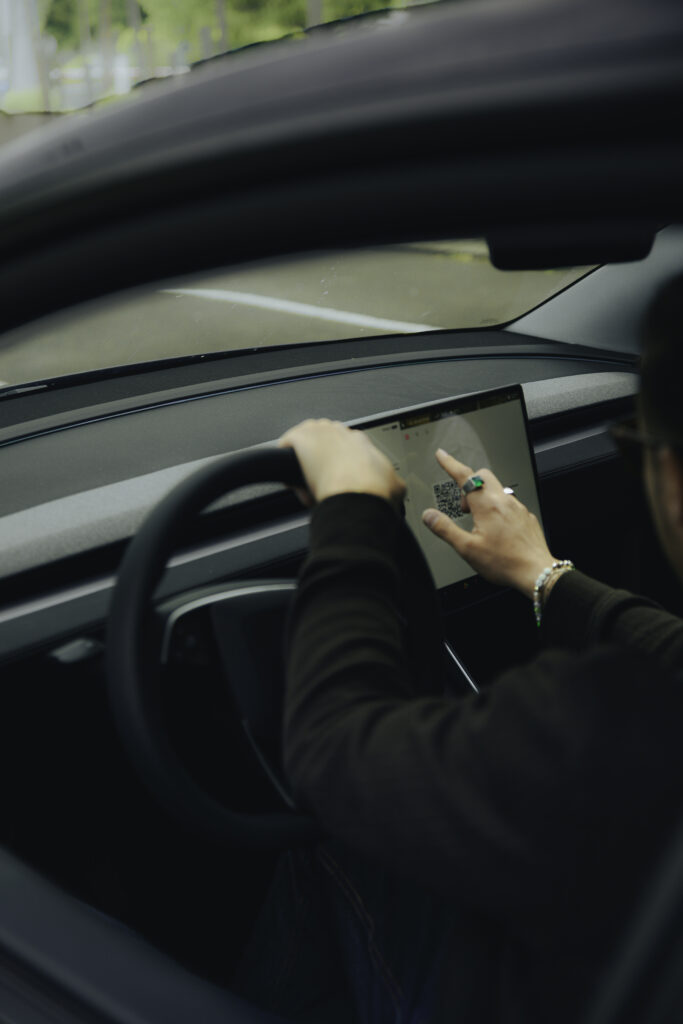
Planning your journeys
The built-in GPS systems in some cars and certain specialist applications make it possible to plan a route based on the charging points, of course, but also on the terrain, traffic and temperature – all factors that influence fuel consumption.
Monitor your habits
The on-board computer or dedicated manufacturer applications are capable of reconstructing the driver’s habits and giving advice on how to drive more efficiently, thereby reducing fuel consumption.
Intelligent recharging
A battery in good condition also consumes less power. And to preserve your battery, the ideal is to charge your car to between 20% and 80% of its capacity. This maintains the battery’s health over the long term and reduces energy losses associated with 100% charging.
